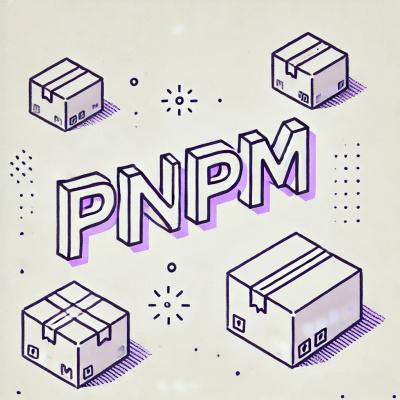@microsoft/gulp-core-build-serve
gulp-core-build-serve is a gulp-core-build subtask for testing/serving web content on the localhost, and live reloading it when things change.



ServeTask
A task which spins up two servers, one for serving files in the project, and another for
mocking out an API server to run on a different port.
Usage
--nobrowser will stop the browser from automatically launching.
--port X will use X as the currently active port.
Config
api
This configuration has two options. If it is undefined, no API endpoint is created.
Default: undefined
port
The port to run the API server on.
entryPath
The path to the API file. This file should export an object of the following interface:
interface IApiMap {
[ route: string ]: Function;
}
initialPage
The initial URL to load. This is ignored if the --nobrowser option is specified.
Default: '/index.html'
port
The port to serve on.
Default: 4321
https
A boolean determining whether HTTPS mode should be turned on.
Default: false
keyPath
When the https option is true, this is the path to the HTTPS key
Default: undefined
certPath
Path to the HTTPS cert
Default: undefined
pfxPath
Path to the HTTPS PFX cert
Default: undefined
tryCreateDevCertificate
If true, when gulp-core-build-serve is initialized and a dev certificate doesn't already exist and hasn't been
specified, attempt to generate one and trust it automatically.
Default: false
ReloadTask
Usage
If this task is configured, whenever it is triggered it will tell gulp-connect to reload the page.
Config
This task doesn't have any configuration options.
TrustCertTask
Usage
This task generates and trusts a development certificate. The certificate is self-signed
and stored, along with its private key, in the user's home directory. On Windows, it's
trusted as a root certification authority in the user certificate store. On macOS, it's
trusted as a root cert in the keychain. On other platforms, the certificate is generated
and signed, but the user must trust it manually. See Development Certificate below for
more information.
Config
This task doesn't have any configuration options.
UntrustCertTask
Usage
On Windows, this task removes the certificate with the expected serial number from the user's
root certification authorities list. On macOS, it finds the SHA signature of the certificate
with the expected serial number and then removes that certificate from the keychain. On
other platforms, the user must untrust the certificate manually. On all platforms,
the certificate and private key are deleted from the user's home directory. See
Development Certificate below for more information.
Config
This task doesn't have any configuration options.
Development Certificate
gulp-core-build-serve provides functionality to run a development server in HTTPS. Because
HTTPS-hosted server responses are signed, hosting a server using HTTPS requires a trusted certificate
signed by a root certification authority or modern browsers will show security warnings and block
unsigned responses unless they are explicitly excepted.
Because of this issue gulp-core-build-serve also provides functionality to generate and trust
(and un-trust) a development certificate. There are two ways to generate the development certificate:
-
By setting the ServeTask's tryCreateDevCertificate configuration option to true. This option
will make the serve task attempt to generate and trust a development certificate before starting the
server if a certificate wasn't specified using the keyPath and certPath parameters or the pfxPath
parameter.
-
By invoking the TrustCertTask build task.
The certificate is generated and self-signed with a unique private key and an attempt is made to trust
it (Windows and macOS only). If the user does not agree to trust the certificate, provides invalid root
credentials, or something else goes wrong, the TrustCertTask will fail and the ServeTask will serve
with the default, non-trusted certificate. If trust succeeds, the certificate and the private key are
dropped in the .rushstack directory in the user's home folder in PEM format. On platforms
other than Windows and macOS, the certificate and key are always dropped in that directory, and the user
must trust the certificate manually.
After the certificate has been generated, trusted, and dropped in the home folder, any instance of
gulp-core-build-serve running in any project will use it when running in HTTPS mode.
To untrust the certificate, invoke the UntrustCertTask. On Windows, this task deletes the certificate
by its serial number from the user root certification authorities store, and on macOS the certificate's
signature is found by its serial number and then the certificate is deleted from the keychain by its
signature. Regardless of whether the untrust succeeds or not, the certificate and key are deleted
from the user's home directory.
To manually untrust the certificate, delete the files in the .rushstack directory under your
home directory and untrust the certificate with the
73 1c 32 17 44 e3 46 50 a2 02 e3 ef 91 c3 c1 b0 serial number.



